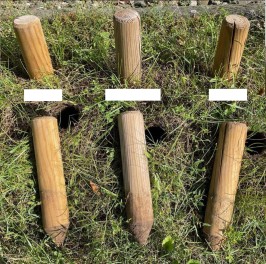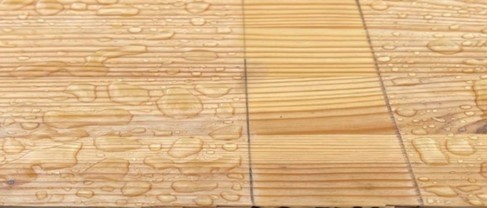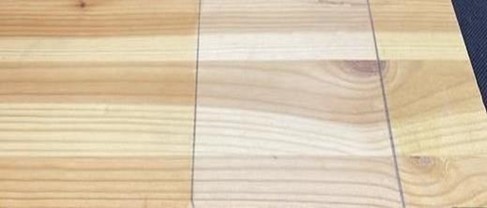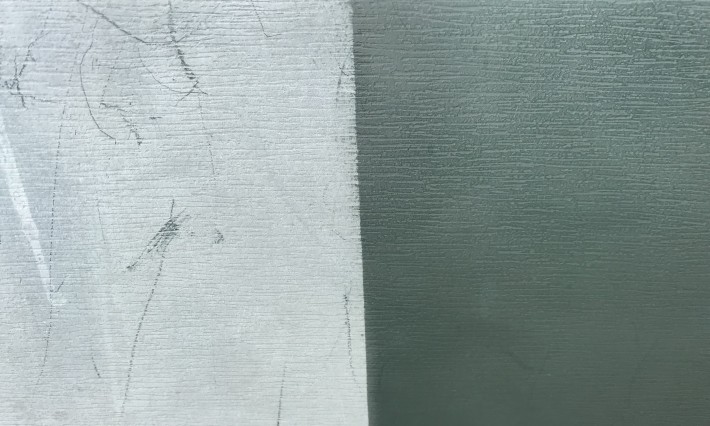You currently do not have any products in your cart.
-
Sustainability & Environment
-
Environmental Innovation
-
Premium Quality – Made in Europe
-
Ultimate Protection & Care
-
Efficiency & Cost Savings
Wood coating with UV blocker
Nano coatings are transforming the wood industry by providing protection against UV radiation, mold and moisture. They extend the life of wood, preserve color and enhance the durability of facades.

Home Applications Wood coating with UV blocker
Wood Coating with UV Blocker
The wood industry is undergoing a major transformation due to the rise of nano coatings. This advanced technology offers solutions to some of the biggest challenges in wood processing and application, including UV protection, mold growth and fire safety. Nano coatings are not only effective in extending the life of wood, but also offer a cost-effective and sustainable way to protect wood construction and cladding from harmful influences.
UV Protection and Mold Prevention
One of the biggest advantages of nano coatings is their ability to protect wood from UV radiation. UV rays can quickly affect the structure and appearance of wood, leading to discoloration, brittleness and reduced lifespan. Nano coatings act as a barrier against these rays, allowing the wood to retain its color and strength, even after prolonged exposure to sunlight.
In addition, nano coatings offer excellent protection against mold and other microorganisms that can lead to wood rot and decay. These coatings create a waterproof layer that prevents moisture from penetrating the wood, which discourages the growth of mold and other harmful organisms. This is especially important in humid environments such as cladding and timber construction.
Fire Safety and European Legislation
The recent tightening of European legislation has led to an increased focus on fire safety when using treated wood species in facade systems. The 'Delegated Regulation 2016/364' stipulates that for certain types of wood used in closed facade systems, it is no longer possible to assume the same fire class as the original untreated wood. This has led to uncertainty among timber traders, paint manufacturers and architects.
A major challenge is to ensure that treated wood can be safely used in fire class D, the minimum fire class that is legally permitted. Wood that has been preserved, modified or finished must meet stricter requirements and cannot be automatically classified without additional testing. This means that the wood must be tested for fire behaviour using the SBI test, especially if it has been treated with coatings or stains.
Nano Coatings as an Alternative to Traditional Stains and Varnishes
Traditional stains and varnishes are often used to protect wood, but they have some disadvantages. They can affect fire safety, especially if they contain fire retardants that can increase the FIGRA (Fire Growth Rate). Nano coatings, on the other hand, offer a more efficient and safer alternative. They are less susceptible to affecting the fire behaviour of wood and can be easily applied without compromising fire safety.
Role of Architects and Designers
Architects and designers play a crucial role in integrating nano coatings into their projects. Choosing the right type of coating can not only enhance the aesthetic value of a building, but also contribute to its sustainability and safety. With recent changes in legislation, it is important for architects to be well informed about fire safety requirements and the benefits of nano coatings.
The use of nano coatings offers architects the opportunity to implement innovative and sustainable solutions into their designs. This can range from facade cladding to wooden structures, where the coatings contribute to a longer lifespan and improved performance of the wood.
Other applications
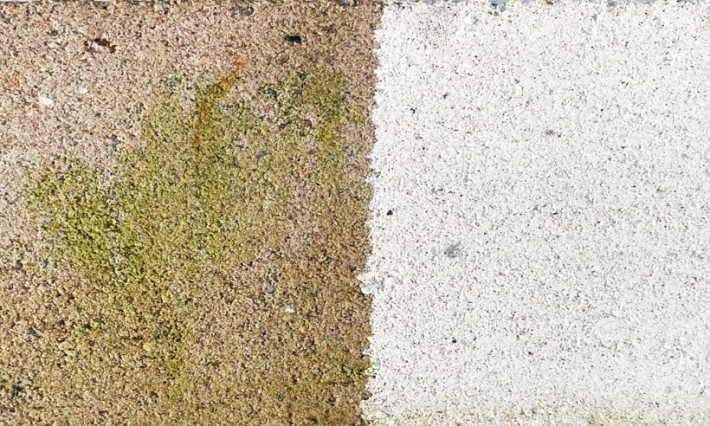
Read more Facade protection
Read more

Read more Nano Coatings for Electronics
Read more

Read more Nano coating for glass
Read more



